2011 Mitsubishi Outlander Sport - Click above for high-res image gallery
From all outward appearances, Mitsubishi could be considered the Chrysler of Japan. Its products have grown fragmented. Its focus scattershot. Its past interiors... well, the less said the better. So it was a breath of fresh air to hear that Mitsubishi's attention will be centered on two core marques going forward: the Lancer and Outlander.
With the Galant toiling away in obscurity and the Eclipse a heavyweight shell of its former self, the Japanese automaker's compact sedan and crossover lines are the two remaining bright spots in its portfolio (all-electric iMiEV aside).
And if you're looking for a Lancer, Mitsubishi has you covered. In spades. A basic runabout? Easy. A tech-laden, turbocharged, all-wheel drive sports sedan. Done. Name your price and priorities, and there's a Lancer for you.
But what about the Outlander?
According to Bryan Arnett, Mitsubishi's Manager of Product Strategy, the Outlander brand is set to expand in the coming years. In addition to the four trim levels – topped off by the surprisingly entertaining GT – there's room to fill above and below. While the Endeavor currently sits at the peak of the company's CUV pile (for the time being), Mitsubishi needs something on the small side to compete with the new Kia Sportage, Volkswagen Tiguan and upcoming Nissan Juke. It's a segment that – according to most automakers – is set to explode in the new few years, and Mitsubishi wants to be a player. Enter the Outlander Sport, a right-sized CUV that takes the core components of its bigger brother and distills them into a smaller, lighter package.
Photos by Damon Lavrinc / Copyright ©2010 Weblogs, Inc.
View the Outlander Sport alone and it's tough to tell that it shares its entire architecture with its larger namesake. But side-by-side, the similarities are obvious. The wheelbase remains unchanged at 105.1 inches, but the Sport's overall length has been cut down from 183.7 to 169.1 inches. While there's a redesigned rear floor pan, new front deck and crossmember, nearly everything underneath has carried over from the standard Outlander, including its front MacPherson struts and multi-link rear suspension, which have been slightly tweaked with different spring rates and a smaller diameter rear sway bar.
The styling is just as aggressive as its larger sibling, complete with Mitsubishi's "jet-fighter grille" and square hatch. The Outlander's slab sides have been augmented with subtle upswept swage line that runs aft of the front wheels and terminates above the rear fender flares. With the wheels (16-inchers standard, 18-inch hoops on the SE) pushed to the outer edges of the Sport-specific body work and a class-leading 0.32 cD, the smaller Outlander comes across as more athletic than its brethren. And with the wheelbase intact, a minimal reduction in both width (less than an inch) and height (almost two inches) pays dividends inside.
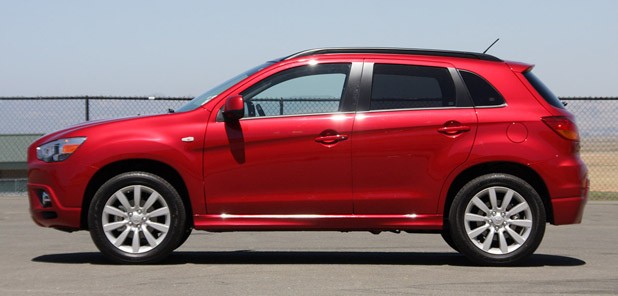
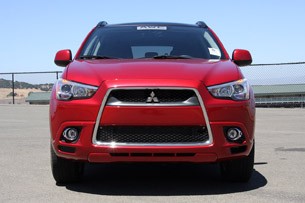
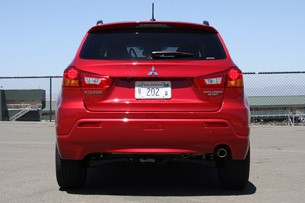
Front and rear headroom is nearly unchanged because the A- and B-pillars, along with the seat structures, are direct port-overs from the larger Outlander. However, everything else – save the steering wheel – is new to the Sport.
It's a different take on the same Mitsubishi theme – a darkened cabin accented by fauxluminum and a smattering of chrome – but the materials and textures are notably better than some of the pieces found in the Lancer line. The tilt and telescoping leather steering wheel is pleasing to the touch, the switchgear and stalks above average, while the climate controls are blissfully simple in both design and execution. The dual gauges are bisected by a multi-information display, all of which remains clear and readable no matter the lighting. The standard stereo is an ode to simplicity, while the optional sat-nav/rear-view camera and 710-watt, nine-speaker Rockford-Fosgate stereo brings the noise and does its part to upgrade the dash.
The standard kit – power door locks, side mirrors, windows, redundant steering wheel controls and remote keyless entry – are par for the course nowadays, while the FUSE hands-free system is something we're pleased to see as part of the base package. It's a similar take on Ford's SYNC system, melding Bluetooth wireless audio and phone support with voice controls and a USB jack for MP3 players. We'll have to wait for a full test to get completely accustomed to the system, but a couple of quick trials returned reasonable results.
A few tugs on the six-way, manually-adjustable driver's seat gets us comfortable quickly, although the general lack of bolstering and the cushion materials have us questioning how good we'll feel during prolonged runs. And we'd be remiss not to point out the odd placement of the heated front seats on our ES tester (HID headlamps, FAST key system, push-button start) on a separate panel below the cushion and ahead of the seatbelt housing. Like we said, odd.
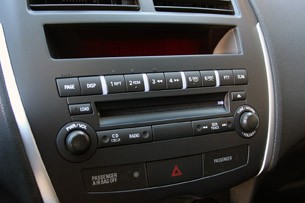
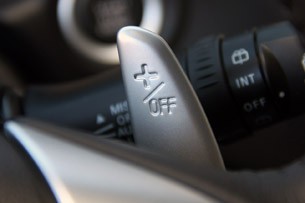
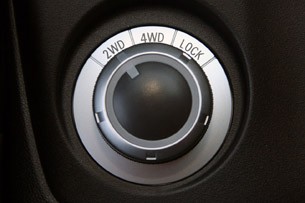
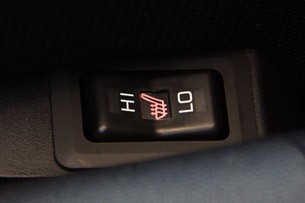
While Mitsubishi did its best to deliver a competent interior, the Sport is still a budget-oriented model, so some of the major touch points are better than others. In other words, it's still a power-lifter affair – impressive up top and underwhelming down below. The one exception is the Premium Pack's panoramic glass roof with adjustable LED "mood lighting." We didn't get a chance to play with the discotastic LEDs in the dark, but the glass roof is a sweet option in the segment, even if its framed by a less-than-pleasing (okay, mouse fur) headliner.
When our man Lieberman flogged the Outlander GT in Palm Springs late last year, he came away impressed with the large CUV's overall handling and tarmac-gripping abilities. The combination of a V6 powerplant and Mitsubishi's superlative Super All-Wheel Control made it a surprisingly entertaining steer. Some of those genes have carried over to the Sport, but in order to keep the sticker competitive – "well under" $19,000 for the ES with a five-speed manual, below $22k for the SE/CVT combo and less than $25,000 for the full nav-equipped package – something had to be left on the table.
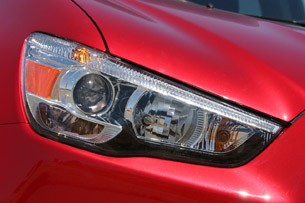
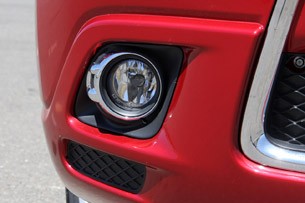
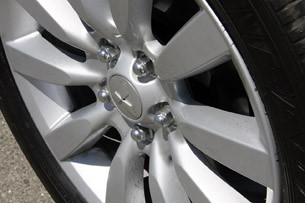
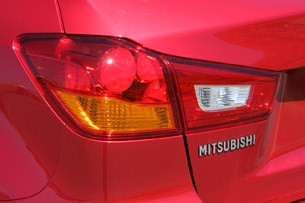
That something is the "Super" in All-Wheel Control and the fitment of the stock Lancer's powerplant.
The same MiVEC-equipped 2.0-liter four-cylinder (4B11) found throughout the Lancer lineup is bolted into the Sport, churning out 148 horsepower at 6,000 RPM and 145 pound-feet of torque at 4,200 RPM. While that's not much for a crossover, bear in mind that the Sport loses around 400 pounds from the standard Outlander, and when equipped with the Sportronic CVT, Mitsu says the Sport should deliver an estimated 31 mpg on the highway.
While the value-priced ES model will only be available with front-wheel drive, the SE can be had with AWC, complete with a user-selectable terrain system that doles out power to either the front wheels or all four depending on the settings and conditions. Flick the switch into 4WD mode and control is given up to the eight different sensors and electric differentials, varying power with either more front wheel bias or a maximum split of 30:70 front-to-rear. Choose "Lock" and the split stays at 60:40 and provides the most natural blend of grip and balance.
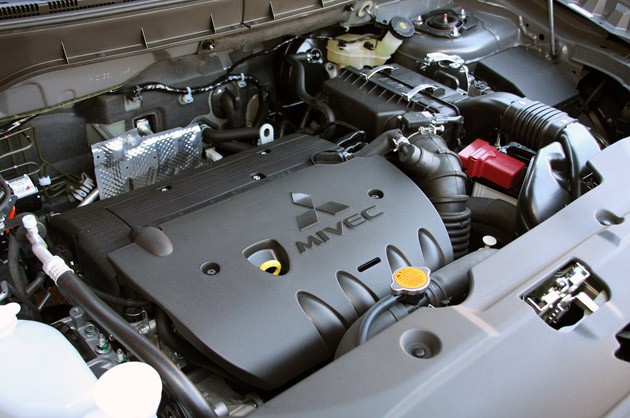
Over a short test loop outside of Infineon Raceway in Sonoma, CA in a CVT-equipped SE model, the engine/tranny/AWC combo proved up to snuff for daily drudgery. Putting along between 25 and 65 mph, Mitsubishi's attention to keeping NVH levels in check shown through, with minimal wind and tire noise entering the cabin, bolstering its claim that the Sport is quieter on the inside than the larger Outlander. However, the same can't be said about the drone from the overworked four-pot when drudging up a hill. With the throttle floored, the CVT set to Auto and tach hovering around 6,000 RPM, the mechanical racket filtering through the firewall grew increasingly tiresome. If we snatched the standard magnesium paddles – now a staple across Mitsu's line – and flicked up a "gear," the noise lessened at the expense of forward momentum.
On the flat and twisty with the AWC set to Lock, the Sport proved to be a competent handler, shuffling power to the proper wheels and rarely succumbing to excessive body roll. The steering on our pre-production tester had an odd notchy sensation on-center – something that's sure to be addressed by the time sales begin this October – but since this is Mitsubishi's first application of its Electric Power Steering (EPS) system, it's still working out the bugs. Otherwise, the steering was predictably smooth, with a reassuring tightness mid-corner.
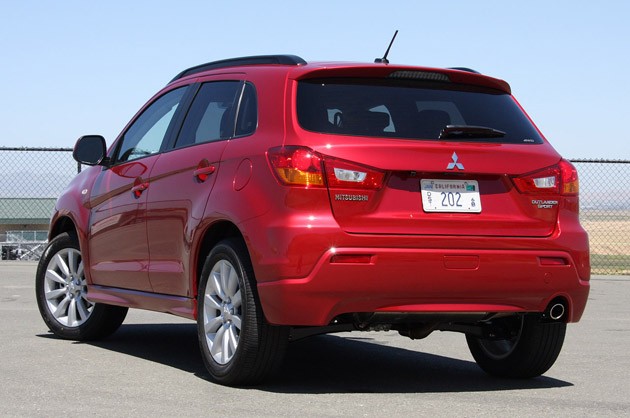
Mitsubishi also saw fit to equip the Sport with an "Eco" light on the dash to encourage lighter throttle inputs and a new Brake Energy Regeneration System which, partnered with a redesigned alternator, captures kinetic energy during deceleration to reduce electrical load. During our brief jaunt, the system operated unobtrusively, eschewing the "grabby" sensation of some other setups while providing reasonably progressive pedal travel. We didn't get a chance to flog the Sport too hard, but left-foot-brakers take note: when the accelerator and brake are applied simultaneously, Mitsubishi's brake override system will slow the Sport to a stop. Thanks, Toyota.
On that same front, Mitsubishi believes there should be no "options" when it comes to safety, so the Sport comes standard with seven airbags, stability control, ABS and Hill Start Assist – impressive, but also right in line with the best-in-class.
And that's a good way to sum up the Outlander Sport. For the price and the segment, it packs all the baubles you'd expect, plus something that sets Mitsubishi apart – its all-wheel drive system. With consumers in this segment less enamored with outright power and increasingly focused on how grunt reaches the ground, Mitsubishi has a chance to become one of the predominant players in the all-wheel drive set, a segment that Subaru has owned for decades and luxury automakers are finally beginning to recognize as a sales tool. Mitsubishi certainly has the necessary hardware, and it's fitted it to a well-priced, nicely equipped CUV. If the compact crossover segment takes off as predicted, Mitsubishi has a credible package to offer and a renewed focus that could save the marque from obscurity.
Photos by Damon Lavrinc / Copyright ©2010 Weblogs, Inc.

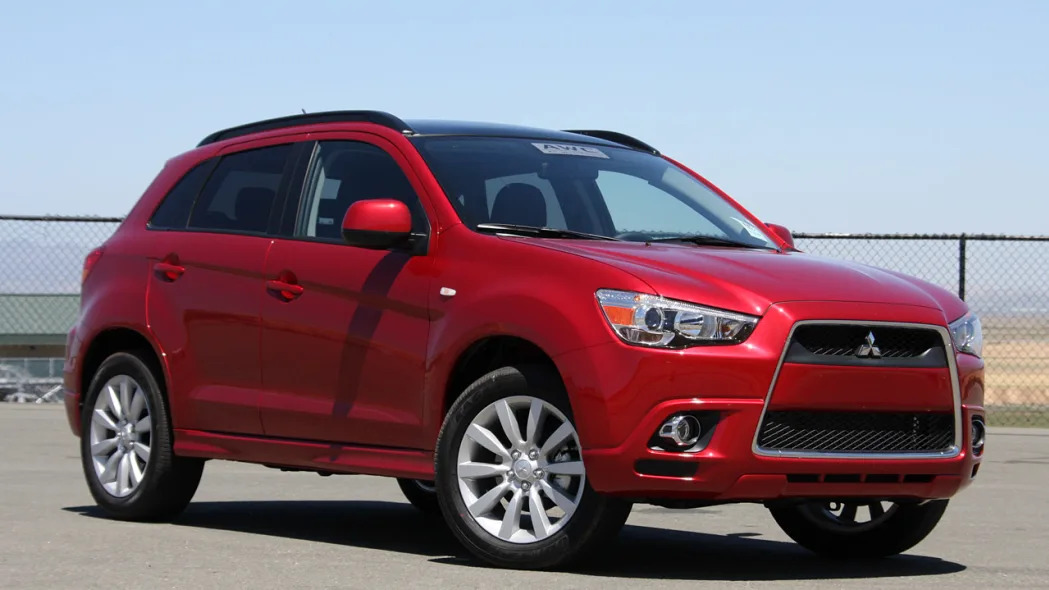
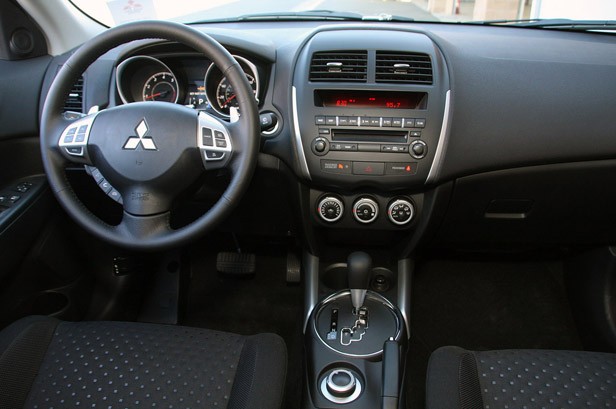
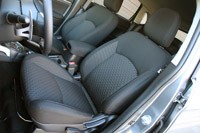
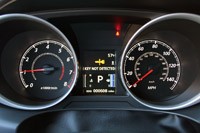
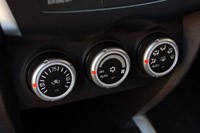

Sign in to post
Please sign in to leave a comment.
Continue